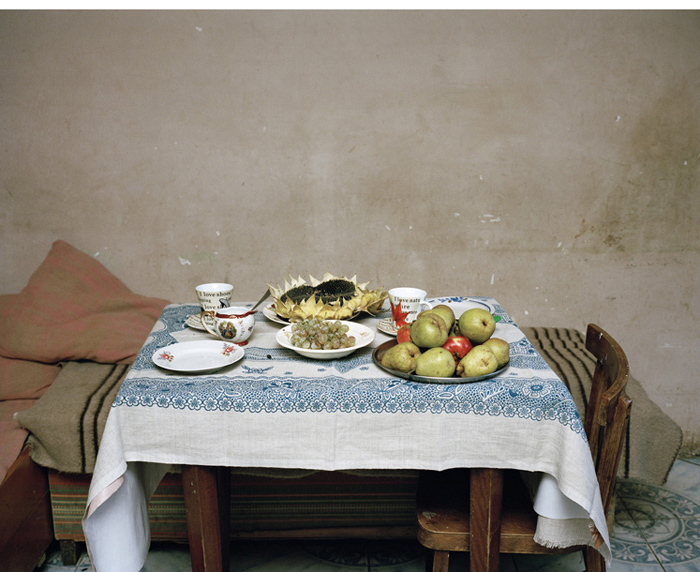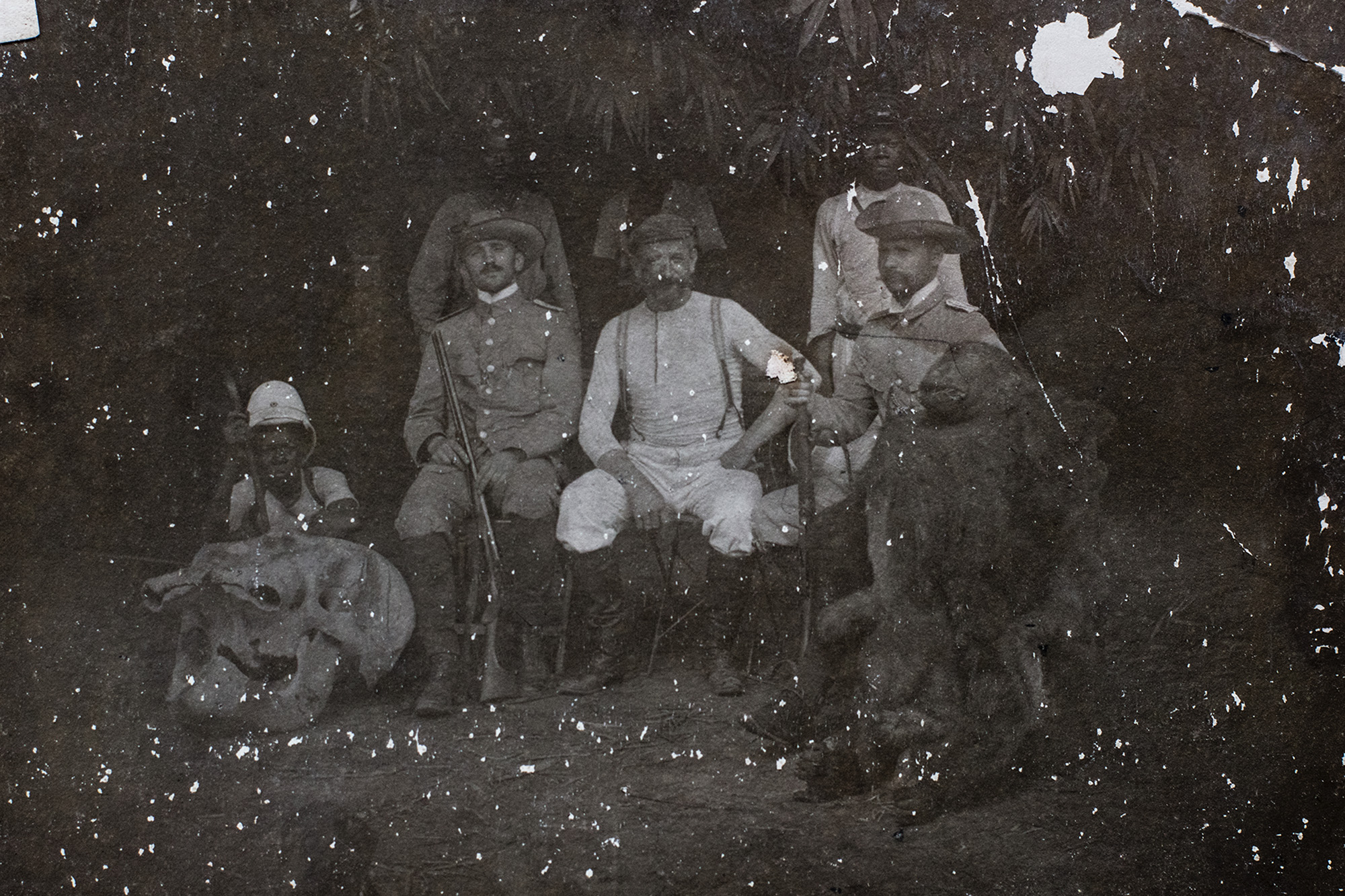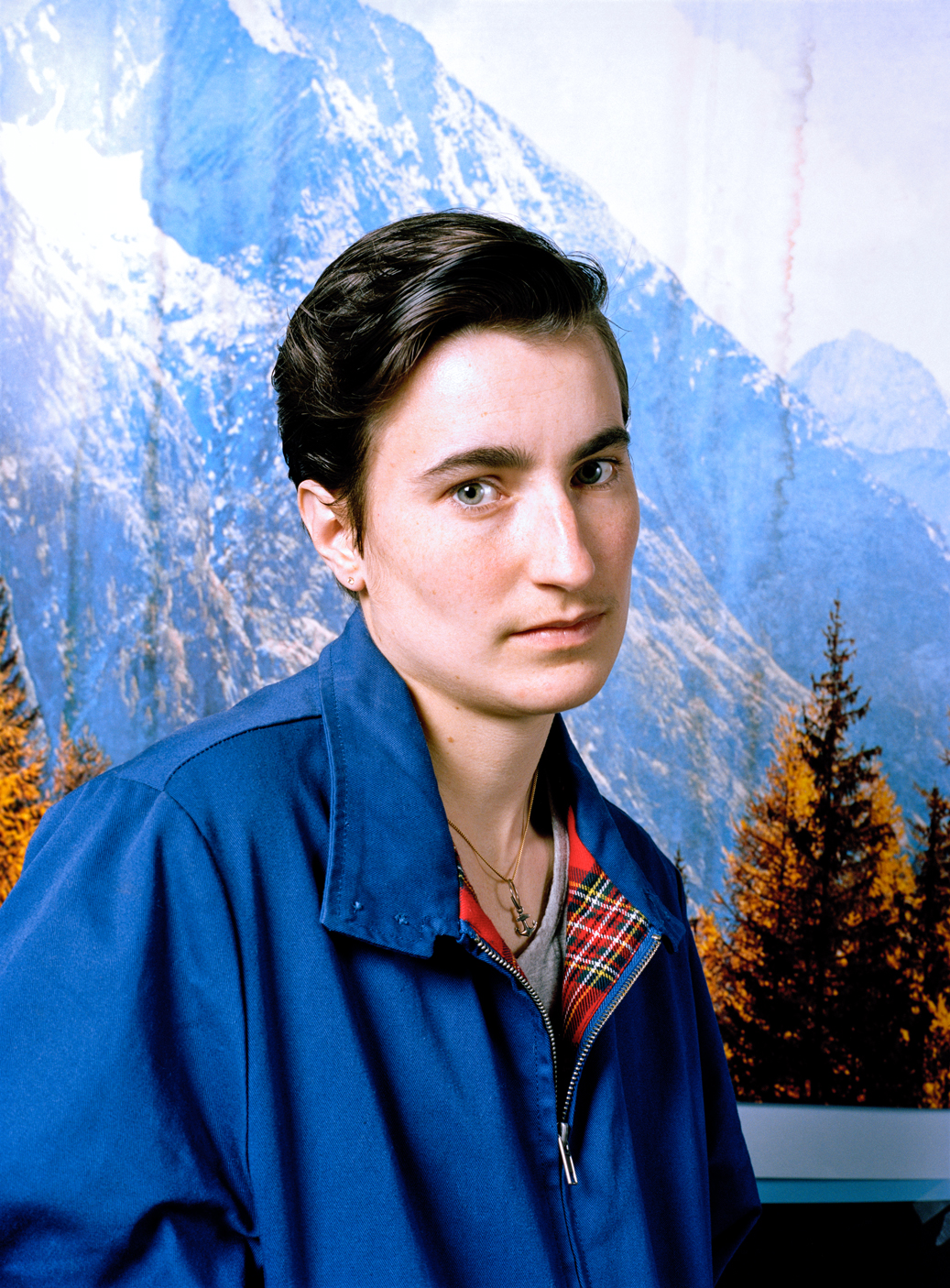Specials
Specials is a virtual space dedicated to writing on photography, showcasing unique content, projects and announcements.
Shortlisted Candidates 2017 Prix Levallois
Jun 06, 2017 - Sebastian Knittel
Launched in 2008, the Levallois Prize upholds its commitment to support contemporary photography. In 2015, the Levallois town council has chosen a new direction to lead the prize. Fannie Escoulen, a talented independent curator, impulse a new energy to this unique prize.
Whether in narrative, aesthetic, technical or formal terms, the Levallois Prize wishes to highlight young photographers’ creative research through its selection.
The 15 shortlisted candidates, were chosen among 704 applications by Fannie Escoulen, Artistic Director and Anna Planas, general coordinator. The selection aims to present a state of the contemporary photography, through documentary and intimate writings, and through more formal and plastic research. The level of the selection of this year is particularly high and promising for the new international photography scene.
The geographic distribution of applications shows a growing interest from international photographers with 70 countries represented, with in particular candidates from emerging countries among them Iran, South America, Syria or Turkey in which young photography is not so well known.
Michal Luczak
Série “11.41”
Poland, 34 years old
The world started to crumble down on 7 December 1988 at 11.41 hours. 514 thousand people lost their homes, 33 thousand were wounded, 25 thousand died, 917 public buildings were destroyed. The earthquake which struck Armenia on that day affected 40% of the country’s territory. 342 villages, 21 cities, 170 factories. It all lasted for forty seven seconds. The magnitude of the earthquake was 7 degree on the Richter scale. Spitak was the most battered city only one building survived, and one third of its population died under the debris.
The earthquake shook the Soviet empire to the foundations. Mikhail Gorbachev requested international aid, thus admitting openly that his country would not be able to handle the crisis which obliterated Spitak. Three years later, the USSR ceased to exist.
The city survived, but it has never been able to shake off the trauma. Partly rebuilt, in a makeshift way, it keeps struggling with the memory of the good old days, when a dozen or so factories gave its residents work and set the rhythm of life. It is unable to handle what came later, either. The people who survived not only the earthquake, but also its aftermath, dug out their relatives, buried them, and now, every year, in early December, they visit their graves. Each and every stone bears a name of a relative. Painful memories are passed on from parents to children.
The independent Armenia has never been able to reinvigorate the country’s economy and rebuilt its city, and the people are unable to forget.
Spitak endures.
Yana Wernicke and Jonas Feige
Zenkeri
www.yanawernicke.com / www.jonasfeige.com
Germany
Zenkeri is a project about German botanist and gardener Georg August Zenker who was one of the most prominent and ambivalent figures in the period of German colonialism. He lived, worked and died in Bipindi, a small patch of land in the Cameroonian jungle. There, he built a colonial style villa and achieved great success as a botanist and zoologist. His ruinous villa is now home to his descendants for whom their German heritage has become both a blessing and a curse. The purpose for us is to illustrate how the small chapter of German colonialism in Cameroon still influences and coins identities today.
Andrés Baron
Unpopular Century
Colombie
Par l’utilisation de diverses stratégies plastiques, je poursuis des investigations autour de l’image photographique avec le sentiment qu’il s’agit d’un langage élastique et malléable, mobile, contenant des codes prêts au dialogue avec d’autres images, comme une espèce de syntaxe. Je réutilise des images qui ont fait partie de projets passés et m’en sers comme décors pour mes films, natures mortes ou portraits. La signification des images change quand elles sont placées dans un nouveau contexte ; la mise en abîme est alors au cœur du protocole.
Viacheslav Poliakov
Lviv – God’s Will
Ukraine
I am documenting a naïve visual subculture of the public space that has widely spread throughout Ukraine after the fall of the Soviet Union, confronted to globalization. For me, a central feature of culture is the absence of conscious author. The objects in the urban environment result from accidental interactions between unrelated people, or by mistake, destruction or wild vegetation. Finally, by no one really. Everything is God’s will. All the objects collected in the project were photographed without any interference on my part. However, in most photographs, I remove the background to isolate the subject from all the chaos that usually surrounds them.
Below you find the 15 SHORTLISTED PROJECTS
All series on www.prix-levallois.com
Jean-Luc Adrianasolo
“Rakely”
Madagascar/Switzerland, 33 years old
Andrés Baron
“Unpopular Century”
Colombia, 31 years old
Antoine Bruy
“Outback Mythologies: The White Man’s Hole”
France, 30 years old
Alexander Caballero Diaz
“Elles”
Peru, 27 years old
Hubert Crabières
“La Pesanteur et la Grâce”
France, 27 years old
Bieke Depoorter
Mumkin / Who knows
Belgium, 30 years old
Michal Luczak
Série “11.41”
Poland, 34 years old
Louis Matton
“Objets Autonomes”
France, 27 years old
Etienne Malapert
“The City of Possibilities”
France, 25 years old
Leslie Moquin
« Hasta Abajo ! »
France, 30 years old
Viacheslav Poliakov
“Lviv – God’s Will”
Ukraine, 30 years old
Alexey Shlyk
“The Appleseed Necklace”
Belarus, 30 years old
Lotte Reimann
“Temptation or Dr. de Clérambault”
Germany, 35 years old
Maria Sturm et Cemre Yusil
Série “Birds’ Sake”
Germany/Romania, Turquie, 31 and 30 years old
Yana Wernicke & Jonas Feige
“Zenkeri”
yanawernicke.com / www.jonasfeige.com
Germany, 29 and 27 years old











